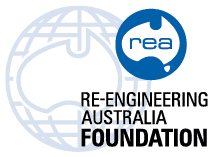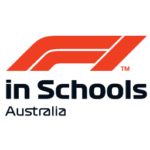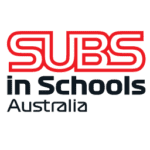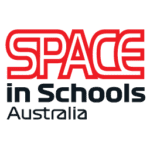Subs in Schools
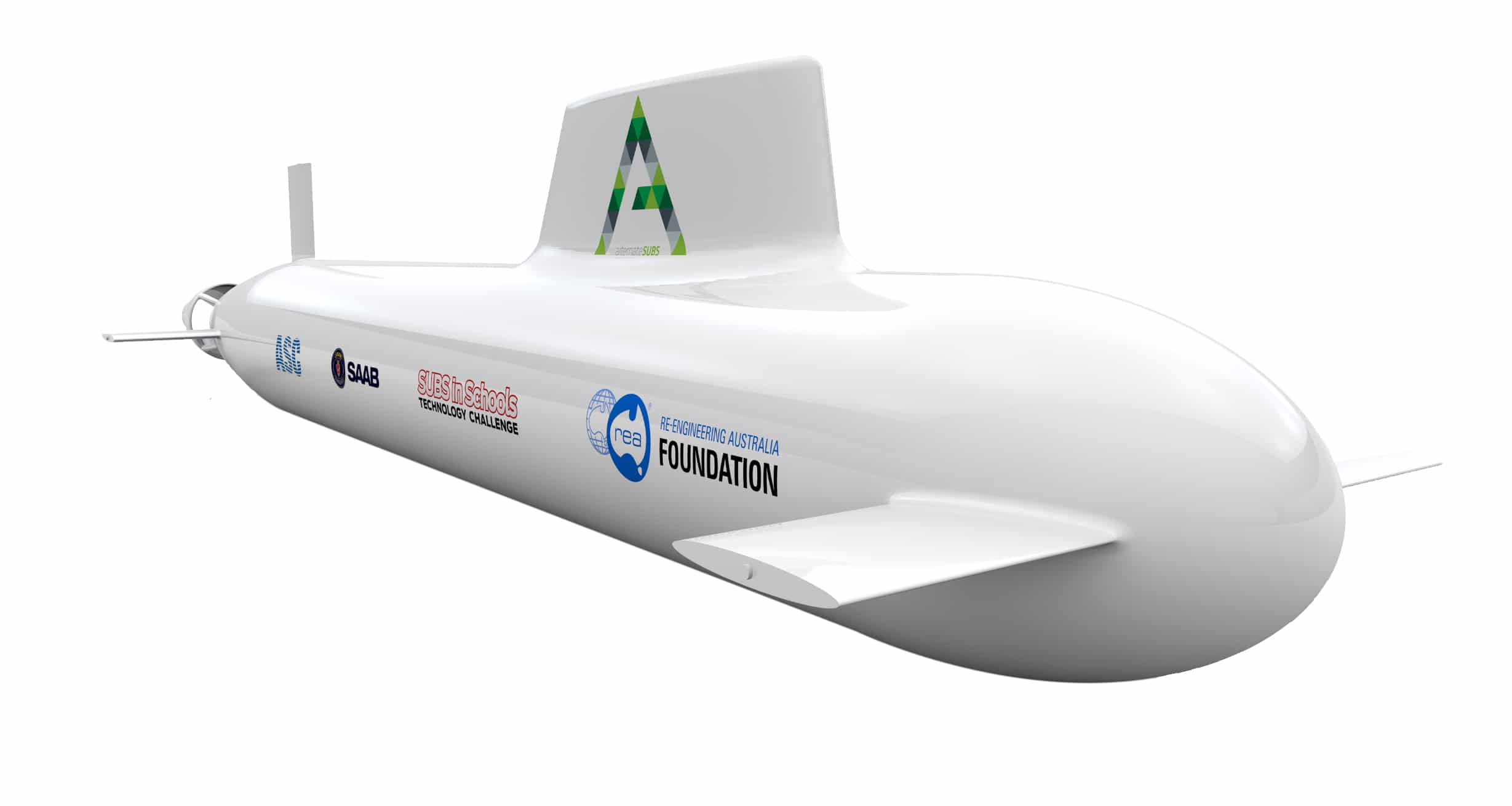
Exploring New Depths In STEM
explore the complex challenges of maritime engineering and hydrodynamics using coding and electronics as you design and build operational submarines and ROV’s.
SUBS in Schools Technology Challenge™ is the result of collaboration between REA, the Department of Defence and industry stakeholders including the Australian Submarine Corporation and Saab Australia.
It was conceived in response to the Australian Government’s announcement of the $50 billion Future Submarine Program. It is the world’s first in-class submarine design competition.
REA took the proven framework of our F1 in Schools program – in which industry-standard technology is made available in the classroom. Students develop a wide range of skills from design, engineering and manufacturing to the ‘soft skills’ sought after by industry (project management, teamwork, collaboration, problem solving, communication). We then added the complexities of underwater design, coding and electronics.
Students design either a Remotely Operated Underwater Vehicle (ROV) or a submarine which they must operate. Alternatively they can build a three-dimensional virtual scale model of living quarters in a futuristic submarine.
The fundamentals of SUBS in Schools are equipping young people to take part in the new set of industries being developed as part of the Future Submarine Program.
SUBS in Schools STEM Kits funded by Babcock
Re-Engineering Australia Foundation Ltd (REA) and Babcock are celebrating 10 years in partnership supporting the innovative SUBS in Schools Program.
SUBS in Schools is revolutionising how students engage with the STEM fields (Science, Technology, Engineering, and Mathematics) by providing them unprecedented access to real-world industry experiences and mentorship opportunities.
The program supports AUKUS initiatives and broader sovereign capabilities through strategic engagement with industry, building education pipelines and delivering targeted measures to support the nuclear workforce and supporting sectors.
At the core of the SUBS in Schools Program is its unique approach to learning – one that emphasises direct interaction with industry leaders and experts, encouraging students to dive deep into the myriad career pathways available within the STEM sectors. Tailored to match each student’s talents, interests, and aspirations, SUBS in Schools is a beacon of empowerment, guiding students towards making informed decisions about their future roles in science and technology.
Babcock will expand its involvement by providing submarine and ROV kits to schools, backed up by industry mentoring and invaluable insights and knowledge into the industry focused on inspiring students.
In 2024, the initial roll-out will focus on engaging and supporting students from low socioeconomic backgrounds, including Indigenous communities and students living in regional and remote areas in Victoria, South Australia, and the Northern Territory.
Initially, two (2) Full Submarine Kits valued at $4,500.00 and twenty (20) ROV kits (half subsidised) Valued at $550.00 (discounted to $275.00) will be available.
If you are interested in being involved, please fill out the following registration form. Note that with is sponsorship Babcock seeking to support schools in low socioeconomic areas, Indigenous communities and schools living in regional and remote areas in Victoria, South Australia, and the Northern Territory.
NOTES:
· If your school is outside of this definition of location description, you are welcome to also register your interest. We regularly have inquiries from industry who are keen to support schools’ entry into the program and further sponsorship may become available.
· Building a Submarine is a complex task and requires a significant amount of focus and effort from the students and teachers. Our selection process will take into consideration your school’s capacity to undertake a large STEM project.
Attracting WorldWide Attention
Initial student successes in this program highlights two key aspects of REA: the ability to attract female students to STEM and the accessibility for people of all ages to “have a go”.
Half of the students engaged in Subs in Schools across the nation are female. When schools met at the inaugural National Final in Sydney it was an all-girl team from Adelaide which claimed the honour of being our first National Champions. Their prowess was recognised by NASA’s maritime facility in Texas which invited them over for a VIP tour, and by the Australian Institute of Project Management which asked them to speak at their annual conference.
The following year the spotlight was on four boys aged 10 and 11 from Adelaide who arrived at the National Finals with their ROV and proceeded to win almost every award available. Outscoring students much older than them. It was a phenomenal feat which earned them sponsorship from the Submarine Institute of Australia and a trip to visit naval museums in England.
Subs in Schools introductory overview
Interested in running SUBS in Schools in your School? Here is an overview document to help explain what it’s all about and how you can start running it in your school.
Getting Started Guide
This guide provides the detail of how to get the project up and running in your school.
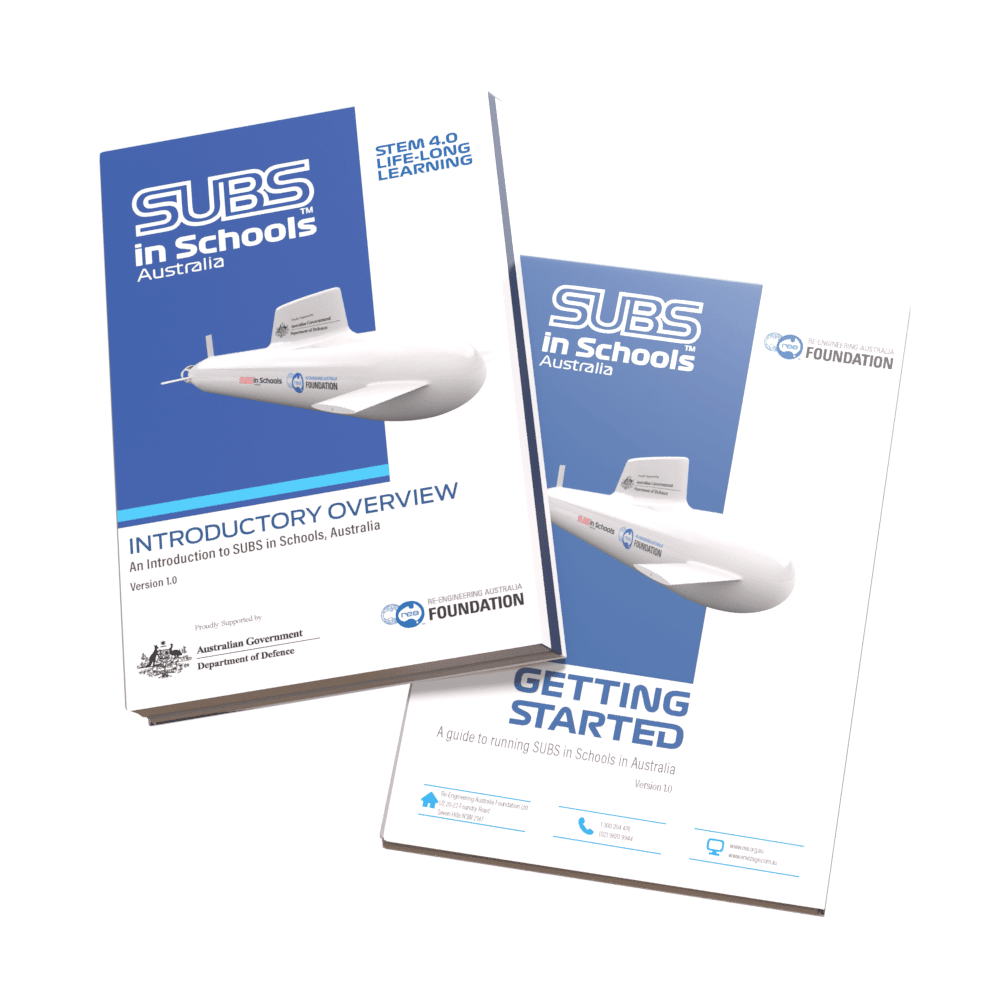
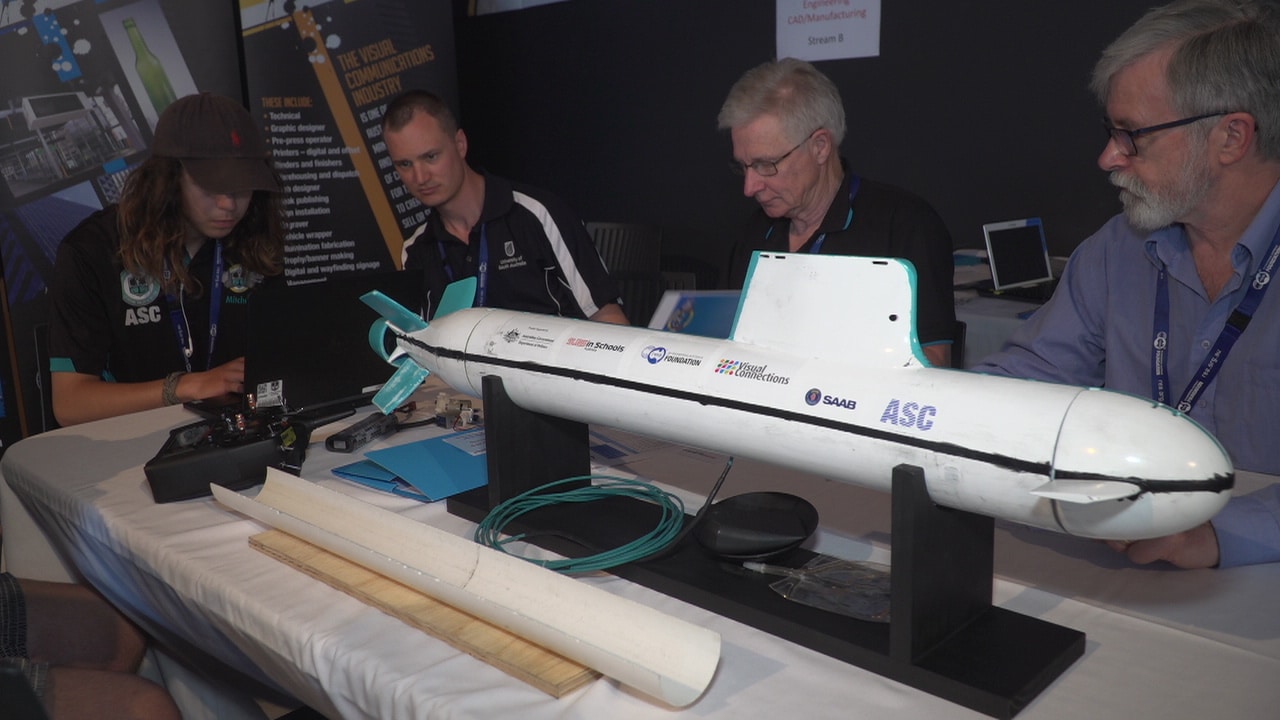
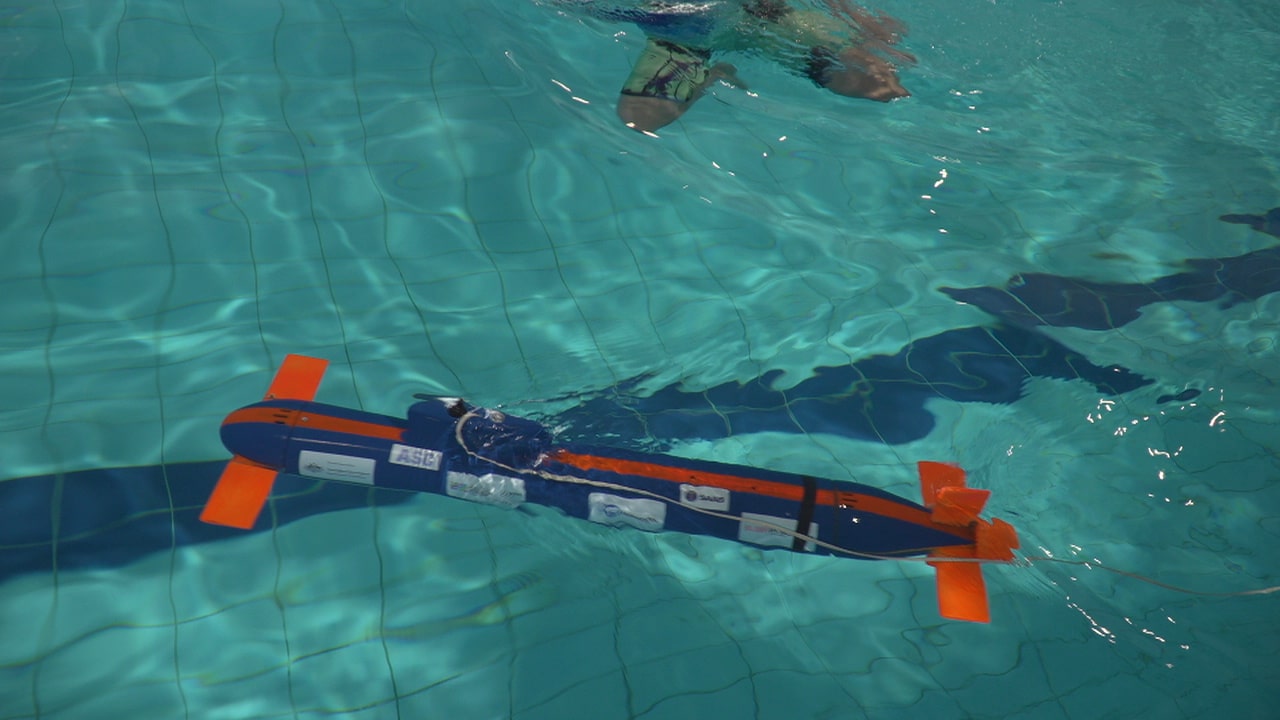
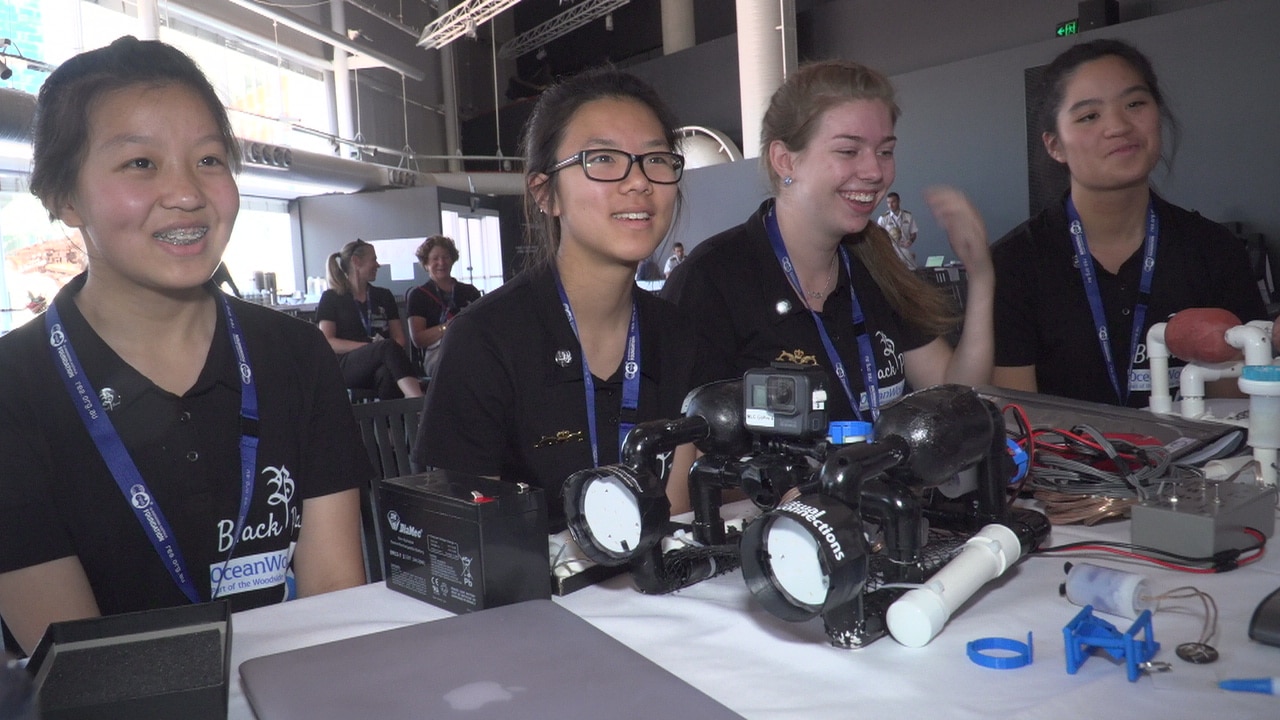
Activity based on Action Learning
(learning by doing)
- Designed to attract both boys and girls;
- A real project students can relate to and engage with;
- A project containing “cool” elements that attract student interest;
- Promotes student involvement with industry role models;
- Complex and cross curricular – linking STEM components together;
- Understood and implemented by teachers;
- Bring career relevance to STEM learning activities;
- Excite and encourage students to consider a careers pathway related to STEM;
- An alternative learning methodology for skills development in schools;
- Focus on building employability skills;
- Promote innovation and the development of entrepreneurship in young Australians;
- Develop skills directly transferable to industry roles;
- Increase the number of students taking up STEM based careers in support of satisfying the skills requirement of large-scale Engineering programs;
- Facilitate technology transfer from industry to schools and the community;
- Provide a catalyst for local industry to engage with the schools encouraging interaction and collaboration between schools, industry and the community;
- Encourage collaboration between schools in the city and country areas;
- Use the power of Role Models to guide and support our youth in the process of career development;
- Ensure that Science, Technology, Engineering and Mathematics becomes a part of the everyday language of students.
Do you have what it takes?
Click the button below to learn more and find out how you can get involved.
